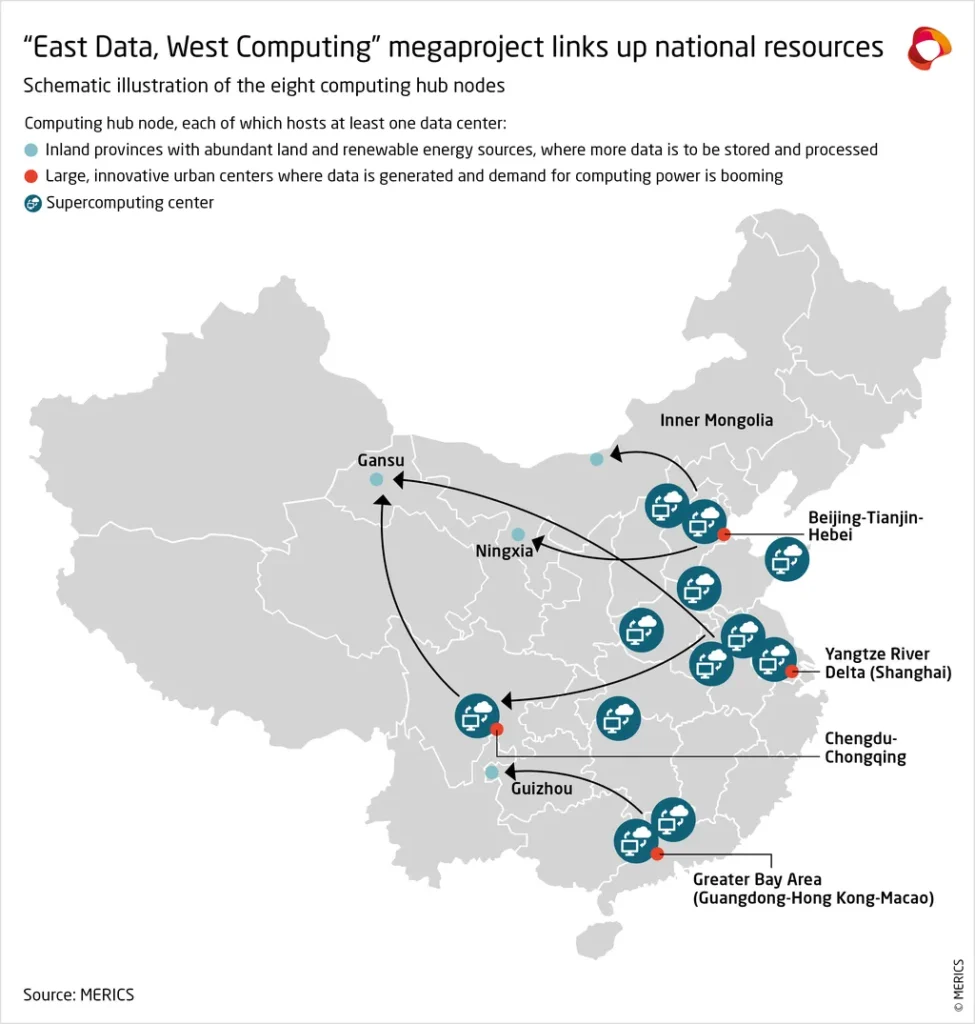In the heart of China, a revolutionary approach to construction simulation is making waves, promising to reshape how we build and monitor large-scale infrastructure projects. At the forefront of this innovation is Geng Zhang, a researcher from the State Key Laboratory of Hydraulic Engineering Intelligent Construction and Operation at Tianjin University. Zhang and his team have developed a cutting-edge model that integrates construction schedule simulation with real-time quality monitoring, a breakthrough that could significantly enhance the efficiency and accuracy of concrete rolling construction, particularly for roller-compacted concrete (RCC) dams.
The team’s research, published in the *Journal of Civil Engineering and Management* (translated from its original title, *Transportu Inžinerijos Ir Ūkio Inžinerijos Žurnalas*), addresses a critical gap in current construction simulation methods. “Existing simulation models often overlook the dynamic interplay between construction progress and compaction quality,” Zhang explains. “Our model changes that by embedding real-time quality analysis into the simulation process, allowing for adaptive adjustments and improved accuracy.”
The model works in three key stages. First, it reconstructs the property parameters of roller-compacted concrete using an improved generative adversarial network (GAN). This advanced machine learning technique ensures that the model’s initial data is as accurate and reliable as possible. Next, the team built a concrete compaction quality analysis model based on an improved grey wolf optimized convolutional neural network (IGWO-CNN). This model considers the nonlinear correlations between various parameters affecting compaction quality, providing a more comprehensive analysis.
Finally, the intelligent analysis model of compaction quality is embedded into the simulation model of concrete rolling construction. This integration allows the simulation to be driven by real-time monitoring data, enabling adaptive adjustments throughout the construction process. “This adaptive capability is crucial for large-scale projects like RCC dams,” Zhang notes. “It allows project managers to anticipate and mitigate potential issues before they escalate, saving time and resources.”
The implications of this research for the energy sector are substantial. RCC dams are a vital component of hydropower projects, a renewable energy source that plays a crucial role in the global transition to cleaner energy. By enhancing the efficiency and accuracy of RCC dam construction, this model can help reduce project timelines and costs, making hydropower more accessible and affordable.
Moreover, the model’s adaptive capabilities can improve the overall quality and safety of these structures, ensuring they withstand the test of time and environmental challenges. “This research is not just about improving construction simulation,” Zhang says. “It’s about building a more sustainable and resilient future.”
As the world continues to grapple with climate change and the need for sustainable energy solutions, innovations like Zhang’s model are more important than ever. By bridging the gap between construction simulation and real-time quality monitoring, this research paves the way for smarter, more efficient, and more sustainable infrastructure development.
The potential applications of this model extend beyond RCC dams. The principles and techniques developed by Zhang and his team could be adapted for use in various construction projects, from roads and bridges to buildings and tunnels. As such, this research represents a significant step forward in the field of construction engineering and management, with far-reaching implications for the energy sector and beyond.
In the words of Zhang, “This is just the beginning. We are excited to see how our model will be applied and adapted in the years to come, and we look forward to contributing to the ongoing evolution of construction technology.”

